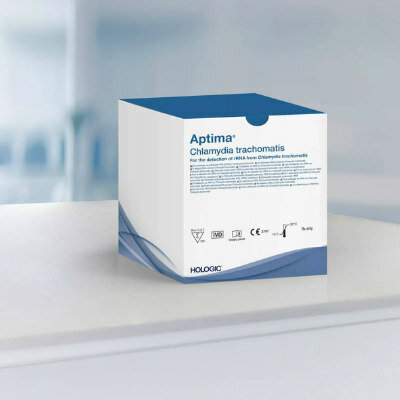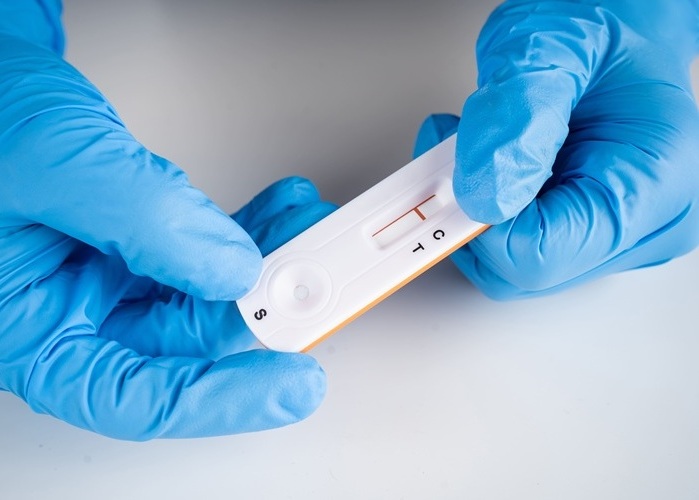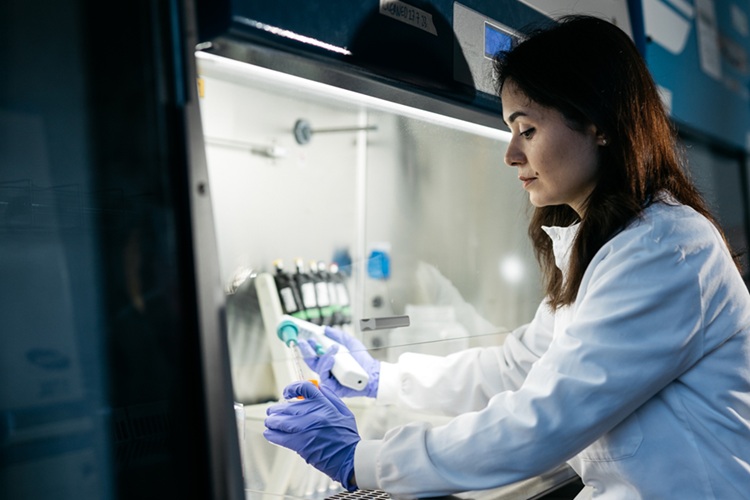Portable Optofluidic Sensing Devices Could Simultaneously Perform Variety of Medical Tests
|
By LabMedica International staff writers Posted on 26 Jun 2023 |

While a variety of chip-based testing devices have been created, they primarily focus on one particular target or test due to the wide array of forms and quantities that biomolecules take. For instance, proteins that serve as disease biomarkers can have concentrations differing by more than ten orders of magnitude. Now, scientists have utilized novel signal-processing methods on an optofluidic chip-based biosensor, enabling seamless fluorescence detection of a nanobead mixture spanning eight orders of magnitude in concentration, from attomolar to nanomolar. This extends the working concentration range of these sensors by over 10,000 times, paving the way for extremely sensitive portable integrated optofluidic sensors that can conduct various simultaneous medical tests, even if the tests involve different types of bioparticles—like viruses and DNA—in widely varying concentrations.
Researchers at University of California, Santa Cruz (UCSC, Santa Cruz, CA, USA) are developing a versatile testing platform based on optofluidic chips. These chips merge optics and microfluidic channels on a silicon or plastic chip, and detect particles by illuminating them with a laser beam and subsequently measuring the particle response with a light-sensitive detector. The researchers had previously demonstrated that their platform is capable of conducting various analyses and detecting a multitude of particle types, including nucleic acids, proteins, viruses, bacteria, and cancer biomarkers. However, until now, they employed separate detectors and signal analysis techniques to measure particles with high and low concentrations. This was necessary as a high concentration of one particle type could generate a large response that drowns out the smaller signals from other particles present in low concentrations.
In their latest research, the researchers devised signal-processing techniques that can simultaneously detect particles in both high and low concentrations, regardless of whether the concentrations are known in advance. To achieve this, they mixed different signal modulation frequencies: high-frequency laser modulation to single out particles at low concentrations, and low-frequency laser modulation to detect large signals from numerous particles at high concentrations. They also implemented a highly efficient algorithm they recently developed to identify single particle signals at low concentrations in real-time. Machine learning was beneficial in identifying signal patterns, enabling high-precision differentiation of various particle types. The team demonstrated their new signal analysis method by introducing optofluidic biosensor chips to a solution of nanobeads at varying concentrations and with different fluorescence colors. They were able to accurately determine the concentration of both yellow-green and crimson beads, even though their concentrations in the mixture varied by a factor exceeding 10,000.
“This work is our latest step in developing integrated optofluidic sensing devices that are sensitive enough to detect single biomolecules and work over a very wide range of concentrations,” said Holger Schmidt from the W.M. Keck Center for Nanoscale Optofluidics at the USCS who led the research. “We have shown that this can be done with a single method, which allows us to simultaneously measure and distinguish multiple particle types at once even if they have very different concentrations.”
“These signal analysis advances are ideal for enabling device operation at the point of care where signal quality can be poor and where data analysis is required in real time,” added Schmidt.
Related Links:
UCSC
Latest Technology News
- Low-Cost Biosensing Technology Detects Disease Biomarkers in Minutes
- AI Tool Could Help Identify Specific Gut Bacterial Targets for Treatment of Diseases
- Inexpensive DNA Coated Electrode Paves Way for Disposable Diagnostics
- New Miniature Device to Transform Testing of Blood Cancer Treatments
- Biosensing Advancement to Enable Early Detection of Disease Biomarkers at POC
- New POC Biosensing Technology Improves Detection of Molecular Biomarkers
- Enhanced Lab Data Management and AI Critical to Labs of the Future, Finds Survey
- AI-Assisted Non-DNA Based Test Identifies Viral Infections in Minutes
- AI Method Predicts Overall Survival Rate of Prostate Cancer Patients
- Breath Test to Enable Early Detection of Breast Cancer
- First Ever Technology Recognizes Disease Biomarkers Directly in Menstrual Blood in Sanitary Towels
- Tiny Microlaser Sensors with Supercharged Biosensing Ability to Enable Early Disease Diagnosis
- Advanced Predictive Algorithms Identify Patients Having Undiagnosed Cancer
- Light Signature Algorithm to Enable Faster and More Precise Medical Diagnoses
- Disposable Microchip Technology Could Selectively Detect HIV in Whole Blood Samples
- Pain-On-A-Chip Microfluidic Device Determines Types of Chronic Pain from Blood Samples
Channels
Clinical Chemistry
view channel
New Clinical Chemistry Analyzer Designed to Meet Growing Demands of Modern Labs
A new clinical chemistry analyzer is designed to provide outstanding performance and maximum efficiency, without compromising affordability, to meet the growing demands of modern laboratories.... Read more
New Reference Measurement Procedure Standardizes Nucleic Acid Amplification Test Results
Nucleic acid amplification tests (NAATs) play a key role in diagnosing a wide range of infectious diseases. These tests are generally known for their high sensitivity and specificity, and they can be developed... Read moreMolecular Diagnostics
view channel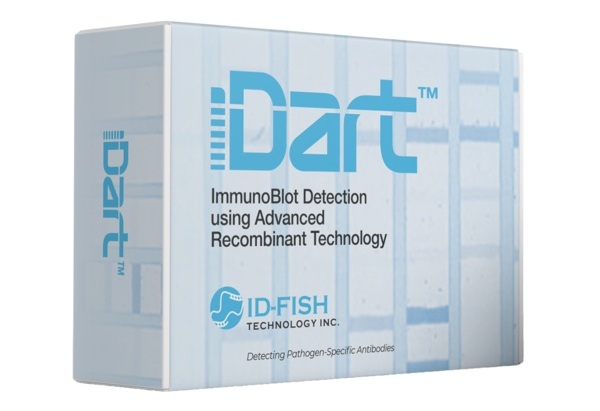
Newly-Cleared Technology a Game Changer for Diagnosis of Lyme Disease
Lyme disease is one of the fastest-growing infectious diseases, with approximately 476,000 cases diagnosed annually in the United States. The symptoms of Lyme disease, such as fever, headache, fatigue,... Read more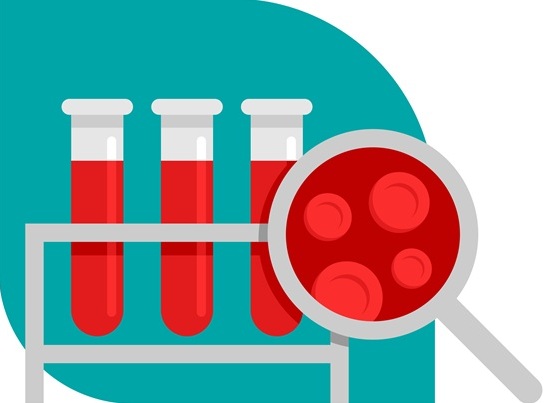
Innovative Liquid Biopsy Test Uses RNA to Detect Early-Stage Cancer
Detecting and diagnosing cancer, particularly in its early stages, remains a significant challenge. Liquid biopsies offer a promising non-invasive alternative to traditional biopsies, which require removing... Read moreHematology
view channel
Disposable Cartridge-Based Test Delivers Rapid and Accurate CBC Results
Complete Blood Count (CBC) is one of the most commonly ordered lab tests, crucial for diagnosing diseases, monitoring therapies, and conducting routine health screenings. However, more than 90% of physician... Read more
First Point-of-Care Heparin Monitoring Test Provides Results in Under 15 Minutes
Heparin dosing requires careful management to avoid both bleeding and clotting complications. In high-risk situations like extracorporeal membrane oxygenation (ECMO), mortality rates can reach about 50%,... Read moreImmunology
view channel
World’s First Clinical Test Predicts Best Rheumatoid Arthritis Treatment
Rheumatoid arthritis (RA) is a chronic condition affecting 1 in 100 people in the UK today, causing the immune system to attack its joints. Unlike osteoarthritis, which is caused by wear and tear, RA can... Read more
Blood Test Detects Organ Rejection in Heart Transplant Patients
Following a heart transplant, patients are required to undergo surgical biopsies so that physicians can assess the possibility of organ rejection. Rejection happens when the recipient’s immune system identifies... Read more
Liquid Biopsy Approach to Transform Diagnosis, Monitoring and Treatment of Lung Cancer
Lung cancer continues to be a major contributor to cancer-related deaths globally, with its biological complexity and diverse regulatory processes making diagnosis and treatment particularly difficult.... Read more
Computational Tool Exposes Hidden Cancer DNA Changes Influencing Treatment Resistance
Structural changes in tumor DNA are among the most damaging genetic alterations in cancer, yet they often go undetected, particularly when tissue samples are degraded or of low quality. These hidden genomic... Read moreMicrobiology
view channel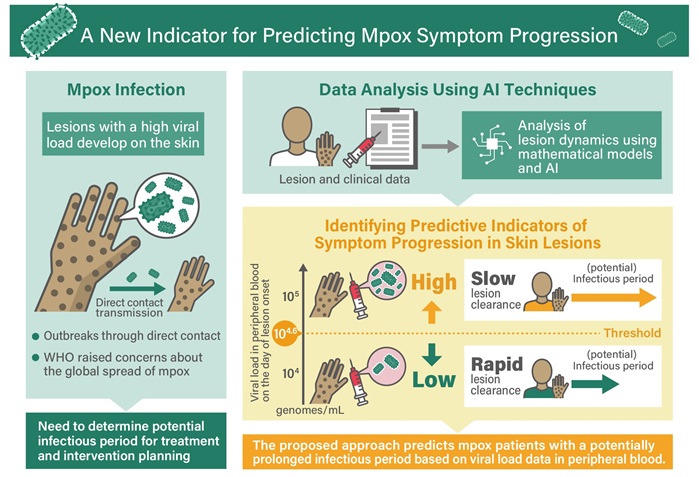
Viral Load Tests Can Help Predict Mpox Severity
Mpox is a viral infection that causes flu-like symptoms and a characteristic rash, which evolves significantly over time and varies between patients. The disease spreads mainly through direct contact with... Read more
Gut Microbiota Analysis Enables Early and Non-Invasive Detection of Gestational Diabetes
Gestational diabetes mellitus is a common metabolic disorder marked by abnormal glucose metabolism during pregnancy, typically emerging in the mid to late stages. It significantly heightens the risk of... Read morePathology
view channel
AI Tool Enhances Interpretation of Tissue Samples by Pathologists
Malignant melanoma, a form of skin cancer, is diagnosed by pathologists based on tissue samples. A crucial aspect of this process is estimating the presence of tumor-infiltrating lymphocytes (TILs), immune... Read more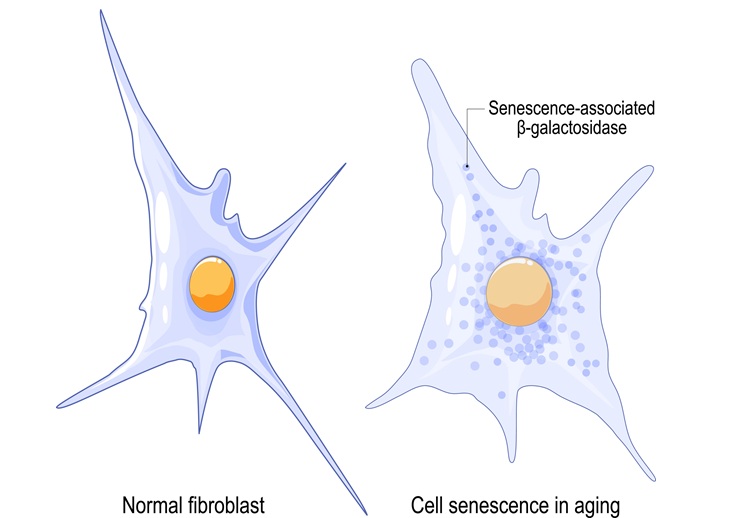
AI-Assisted Technique Tracks Cells Damaged from Injury, Aging and Disease
Senescent cells, which stop growing and reproducing due to injury, aging, or disease, play a critical role in wound repair and aging-related diseases like cancer and heart disease. These cells, however,... Read more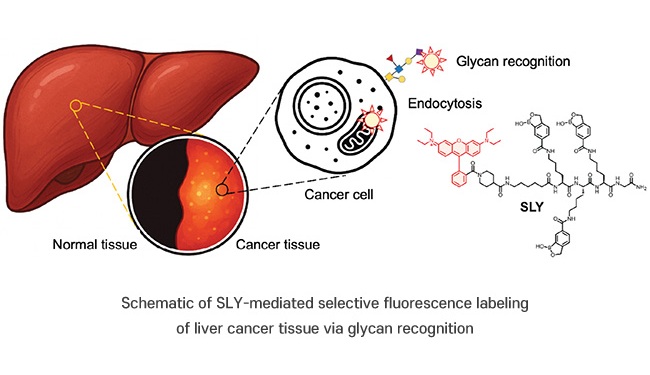
Novel Fluorescent Probe Shows Potential in Precision Cancer Diagnostics and Fluorescence-Guided Surgery
Hepatocellular carcinoma (HCC), a common type of liver cancer, is difficult to diagnose early and accurately due to the limitations of current diagnostic methods. Glycans, carbohydrate structures present... Read moreIndustry
view channel
Quanterix Completes Acquisition of Akoya Biosciences
Quanterix Corporation (Billerica, MA, USA) has completed its previously announced acquisition of Akoya Biosciences (Marlborough, MA, USA), paving the way for the creation of the first integrated solution... Read more
Lunit and Microsoft Collaborate to Advance AI-Driven Cancer Diagnosis
Lunit (Seoul, South Korea) and Microsoft (Redmond, WA, USA) have entered into a collaboration to accelerate the delivery of artificial intelligence (AI)-powered healthcare solutions. In conjunction with... Read more









